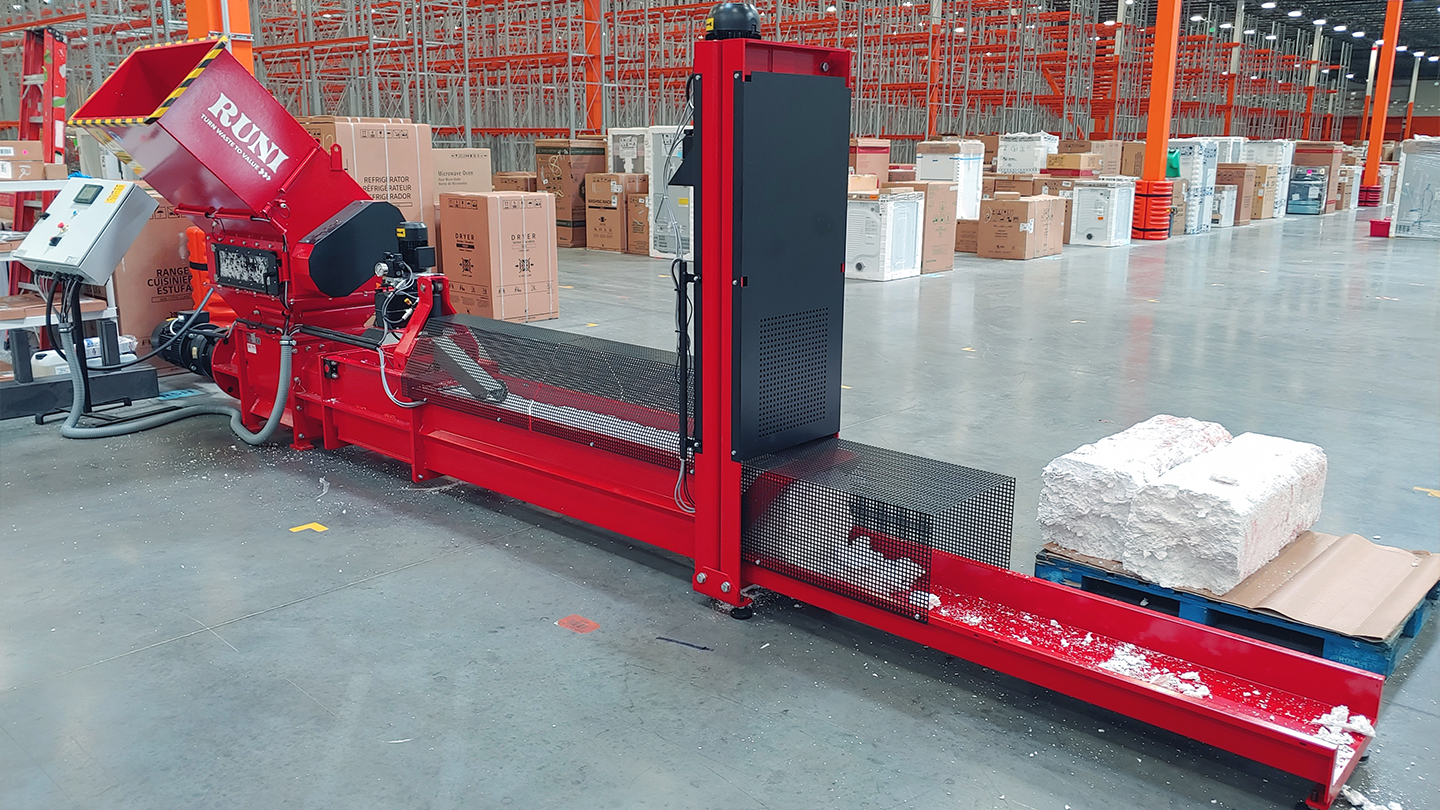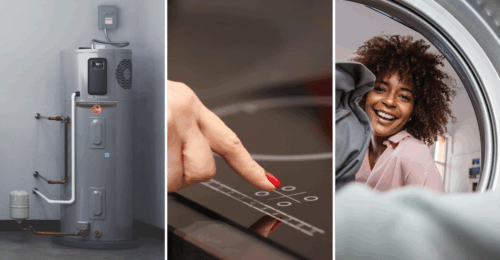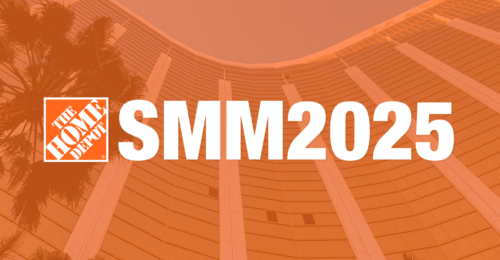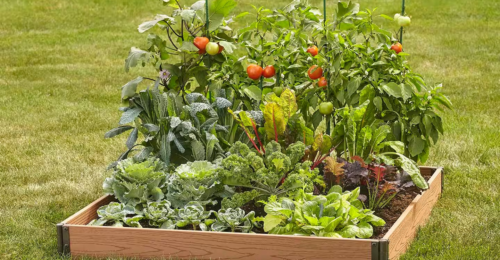Recycling rates across the U.S. are increasing along with a growing sense of personal responsibility for our environment. According to the EPA, the municipal waste recycling rate is now 32%, and while there is always room for improvement, it is trending in the right direction. In the last three years alone, we have diverted almost 2.5 billion pounds of trash from landfills. You may know about our in-store customer takeback recycling services for rechargeable batteries, compact fluorescent light bulbs and plastic bags, but there’s more to our recycling story. Learn how we are recycling metal, hard plastics, and expanded polystyrene foam along with plastic film and cardboard.
Metal Recycling: 768.8 Million Pounds in Last Three Reported Years

In 2019, nine of our Market Delivery Operations (MDOs) started recycling the metal of hauled-away appliances from our appliance delivery service. Today, all 84 of our MDOs participate in this program. Our stores and distribution centers recycle scrap metal from other returned and unsellable products that are at least 75% metal such as ladders and water heaters. As a result, we diverted nearly 164,000 tons of metal from the landfill last year alone.
Plastics: 17.5 Million Pounds in 2022
An often-highlighted program is our soft-plastic recycling, which includes plastic film wrap and used consumer shopping bags going to Trex to be made into composite decking and fencing. We also recycle hard plastics like returned and unsellable shelving and storage totes, as well as lumber strapping. Lindsey Tornello, Manager of Secondary Markets at The Home Depot, says, “Brands formerly only wanted clear, pure plastics, but that’s changing. Vendors are getting creative in production processes to use all types and colors of plastic, so we’re seeing changes in what the market is starting to recycle. Trex Enhance decking is a great example of this – the core of the board is a mixed composite that’s not visible, so it can be any color.”
Increasing mandates and consciousness around extended producer responsibility (EPR) continue to grow the demand for recycled content. EPR is a product stewardship approach that relies on manufacturers and producers to take more responsibility for the end-of-life management of product materials and components. The true benefit of EPR is that products are increasingly being designed with their end of life in mind – from material selection to the amount of material used and even ease of product disassembly. The growth in EPR is exciting for The Home Depot as suppliers are designing for sustainability. And we have the facilities and network to contribute greatly to this changing landscape.
Expanded Polystyrene (EPS): 8.2 Million Pounds in the Last Three Reported Years

Another exciting circularity effort is in recycled Styrofoam. When we install appliances for our customers, we remove the appliance packaging, which includes Styrofoam. We recycle this foam through our MDOs, and it is then made back into products that we sell.
Cardboard: 806 Million Tons in the Last Three Reported Years

Retail uses – and discards – a lot of cardboard. All cardboard in our stores and distribution centers is bailed and sold to Pratt Industries, our supplier of our 100% post-consumer-recycled-fiber moving and storage boxes.
Customer Recycling Services

The Home Depot takes back rechargeable batteries, CFLs (compact fluorescent light bulbs) and plastic bags. You can find a recycling bin with directions for dropping off these materials near the entrance of your local Home Depot store.
We partner with Call2Recycle to recycle used rechargeable batteries in all U.S. stores (excluding Alaska and Hawaii) from power tools, cellphones and laptops. Batteries must weigh no more than 11 pounds and be under 300-watt hours. In 2022, we recycled 1.3 million pounds.
At all our U.S. stores, we take back unbroken CFLs through our partner U.S. Ecology & Clean Earth. CFLs merely need to be placed in a plastic bag provided with the drop-bin. Although CFL purchases are declining with the rise of LED bulbs, we continue to offer this service to our customers to help keep the mercury in the bulbs out of a landfill. In 2022, The Home Depot recycled more than 460,200 pounds of CFLs for our customers. Dillon Long in our Environmental and Regulatory Compliance group describes the program benefits: “CFLs can be a hard-to-recycle material. Without programs like this, customers don’t have a way to responsibly dispose of these materials, whereas The Home Depot can safely recycle for them.” If you have other hard-to-recycle items that you would like to keep out of a landfill, check your local area for centers that may offer these services.
As mentioned above, we offer a plastic bag takeback recycling service for customers in most stores where plastic bags are still in use and have been taking back customer plastic bags since 1999.
In stores where automotive batteries are sold, we provide a rebate when customers trade in their old battery core. Last year alone, we diverted almost 181,000 cores from landfills.

The Home Depot Garden Centers will take back plastic plant pots from plants purchased at our stores. Our partner East Jordan reuses or recycles them. Look for a rack in the Garden Center.
And finally, in Seattle, WA, we partner with Cedar Grove, a supplier that removes organic material collected at our stores and makes it into nutrient-rich compost that’s sold back to our stores.
Our own sense of responsibility drives us to continually seek new opportunities to extend product life and reduce our environmental impact. Please join us in this effort by using our in-store recycling services and choosing products that utilize recycled content.






